As Apple Stores open their door around the world to lines of customers waiting to get their hands on a new iPhone 5, repair site iFixit has started its traditional teardown of the device.
Update: iFixit has completed its teardown of the iPhone 5 and awarded a repairability score of "7 out of 10." Of note, it appears that at least a few Apple's A6 processors are not using Samsung memory as previously thought, as iFixit's iPhone came with an SoC equipped with a memory module from Elpida. The firm also posted a video of the procedure, which is embedded below.
The repair firm managed to snag a "black and slate" copy of the device in Australia, the first country to see official iPhone 5 availability, within the first hour of sales and proceeded to disassemble the device for its usual comprehensive teardown.
The first steps of revealing the innards of Apple's most advanced smartphone include removing the small proprietary pentalobe screws that attach the unit's 4-inch display to the aluminum "uni-body" back casing. A suction cup was used to easily lift the screen assembly away from the rear housing, a departure from the involved removal procedure seen with the iPhone 4 and 4S.
The iPhone 5's screen is easy to remove compared to the iPhone 4 and 4S."Compare this to the iPhone 4s, where it took 38 steps to isolate the display assembly, and this iPhone may be the most repairable iPhone we've seen in a while," iFixit wrote.
The cramped space inside the iPhone's shell is stuffed with components:
So, what can we see from here? a bigger battery? antenna connections? a single speaker? cameras? vibrators? home buttons?
Next to be removed was the larger 3.8V, 5.45WH battery, which holds slightly more juice than the 3.7V, 5.3Wh part found in the iPhone 4S. In comparison, Samsung's flagship Galaxy S III uses a 3.8V, 7.98Wh battery.
To the right of the larger power cell is the the logic board, which contains the high-performance A6 chip, baseband system, storage and a litany of other essential components.
A number of Apple-branded silicon is clearly seen after removing the protective EMI shielding, as well as a Hynix RAM module.
With help from Chipworks, the logic board's packages were identified:
- Skyworks 77352-15 GSM/GPRS/EDGE power amplifier moduleSWUA 147 228 is an RF antenna switch moduleAvago AFEM-7813 dual-band LTE B1/B3 PA+FBAR duplexer moduleSkyworks 77491-158 CDMA power amplifier moduleAvago A5613 ACPM-5613 LTE band 13 power amplifierTriquint 666083-1229 WCDMA / HSUPA power amplifier / duplexer module for the UMTS band
Reverse side of Logic board:
-
STMicroelectronics LIS331DLH (2233/DSH/GFGHA) ultra low-power, high performance, three-axis linear accelerometerTexas Instruments 27C245I touch screen SoCBroadcom BCM5976 touchscreen controllerApple A6 Application processorQualcomm MDM9615M LTE modemRTR8600 Multi-band/mode RF transceiver
According to iFixit, "many of the components that came out with the logic board are held in place with screws and brackets."
Apparently Apple is very concerned with making sure that all the connectors are firmly seated and won't rattle lose over time. Good on you, Apple.
On the reverse is Apple's A6 processor, which is said to be twice as fast as its A5 predecessor. A recent test using the SunSpider JavaScript benchmarking tool confirmed Apple's new SoC is utilizing a different memory interface than normal ARM Cortex A9 chips as it outperformed identical processors based on the same ARM-patented technology.
The A6 is also though to be Apple's first attempt at designing an ARM core in-house, however the internal architecture has yet to be investigated.
Wrapping up the teardown is a look at Apple's new Lightning connector. There has been mixed emotions with the new plug, as the move away from Apple's 30-pin design means the iPhone 5 may not work with legacy aftermarket accessories without an adapter. The company claims there was no way to make such a thin handset without the new connector, however, and said the standard is expected to be used for foreseeable future.
Overall, iFixit gives the iPhone 5 a "7 out of 10" score for repairability.
In a related development, Japanese site iLab Factory (via Mac Otakara) posted what is believed to be the first video of an iPhone 5 teardown moments before iFixit's announcement.
 AppleInsider Staff
AppleInsider Staff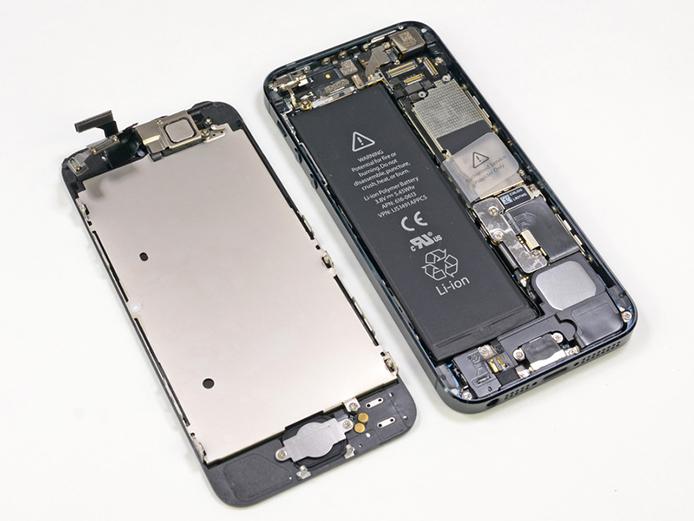
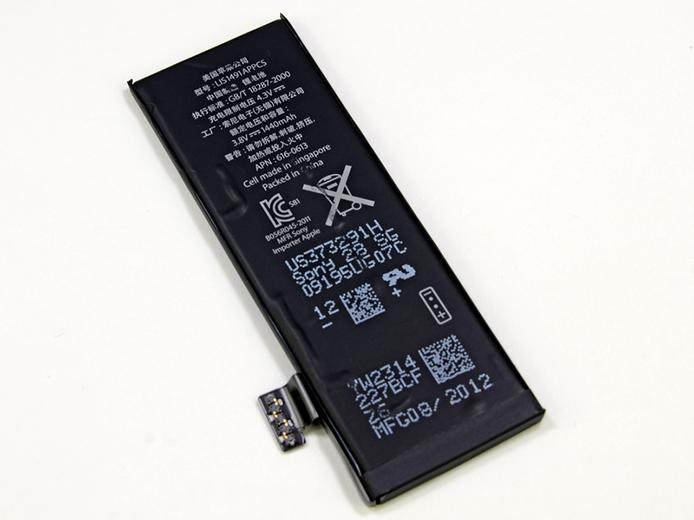
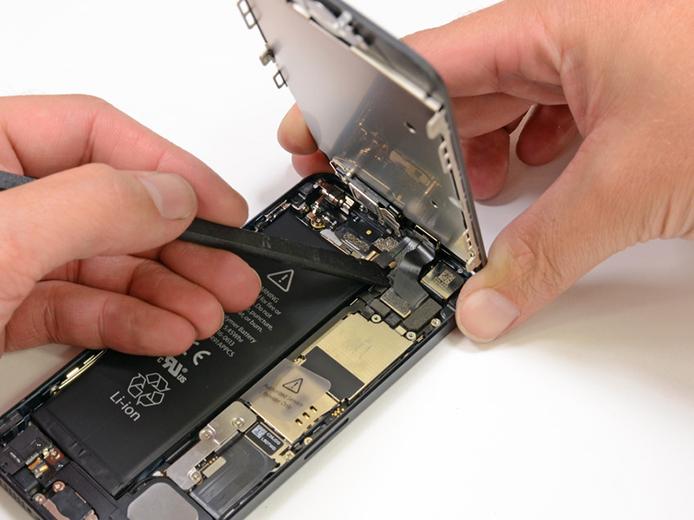
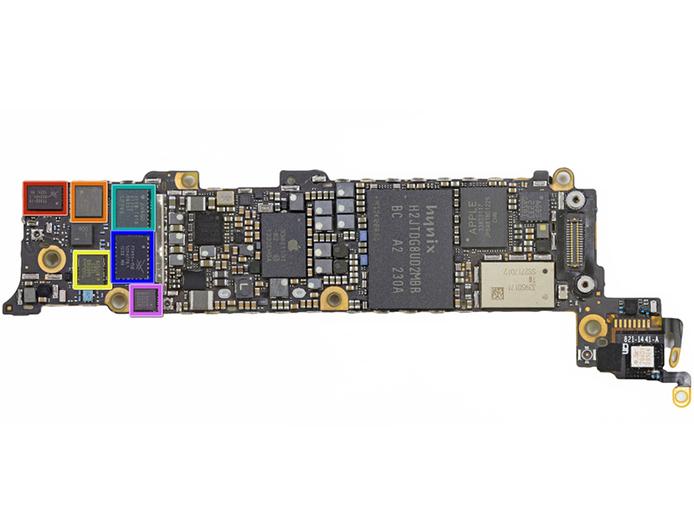
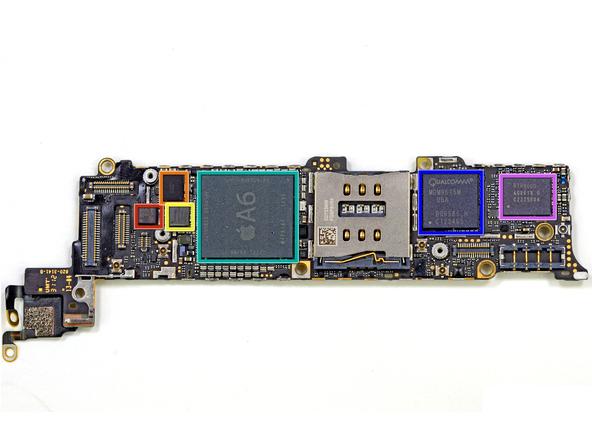
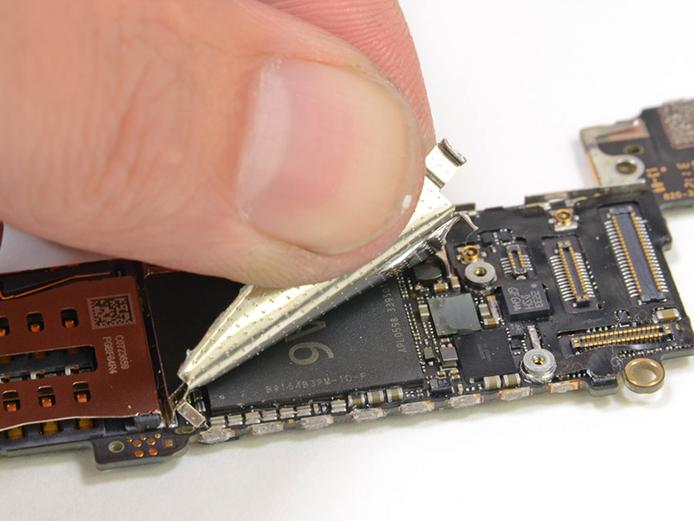
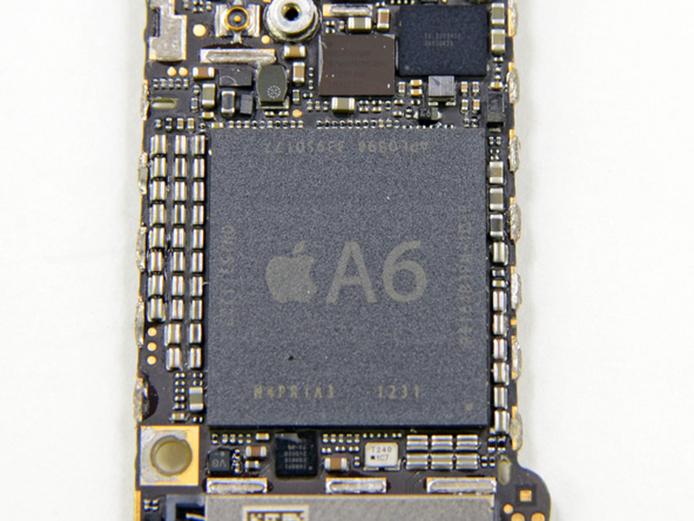
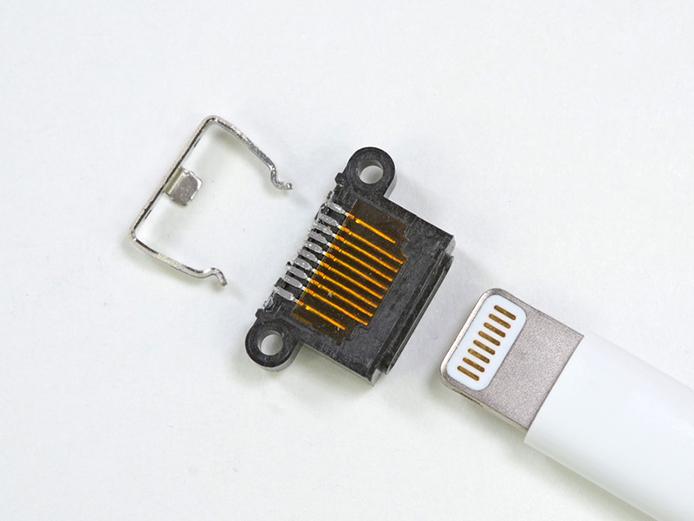







-m.jpg)






 Christine McKee
Christine McKee
 Marko Zivkovic
Marko Zivkovic
 Mike Wuerthele
Mike Wuerthele

 Amber Neely
Amber Neely
 Sponsored Content
Sponsored Content
 Wesley Hilliard
Wesley Hilliard










22 Comments
Secrecy... Double Downed!
/
/
Secrecy... Double Downed!
/
/
What secrecy?
It's been on sale in Australia for almost 2 hours now, I'm waiting on delivery today.
jQuery18104406694450881332_1348184950287
Never seen someone so carelessly open an iPhone box, didnt have enough patience to get the plastic wrap off BEFORE trying to pry the box open, so the phone doesnt fly out and hit the table? Also, those are some disgustingly long nails, if thats a guy.
The most impressive part of the video is that they did it all in an elevator... judging by the music.